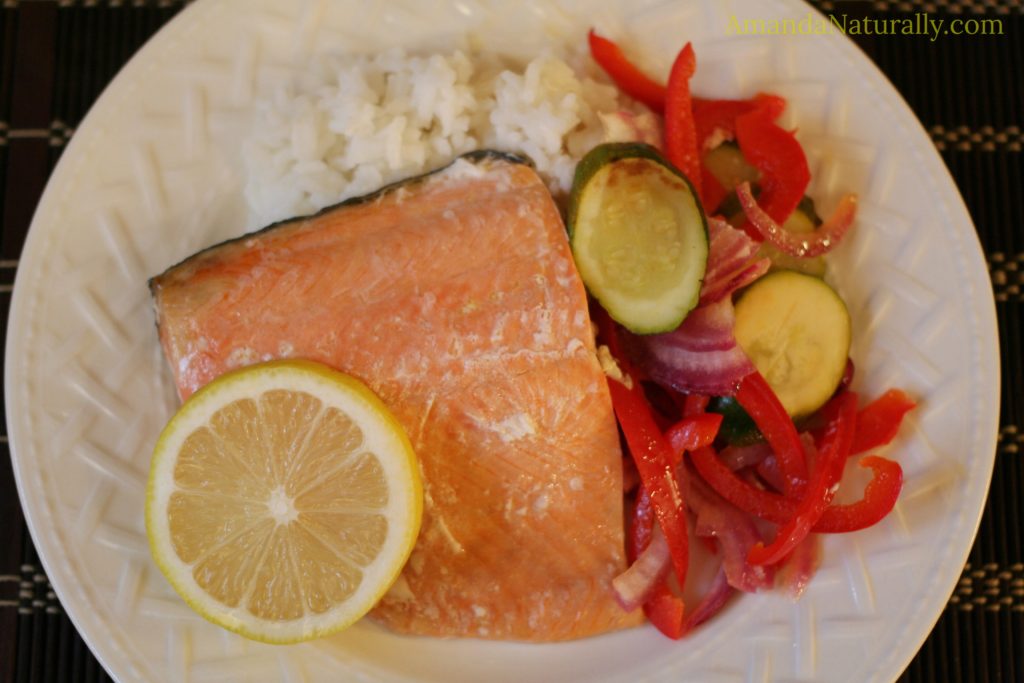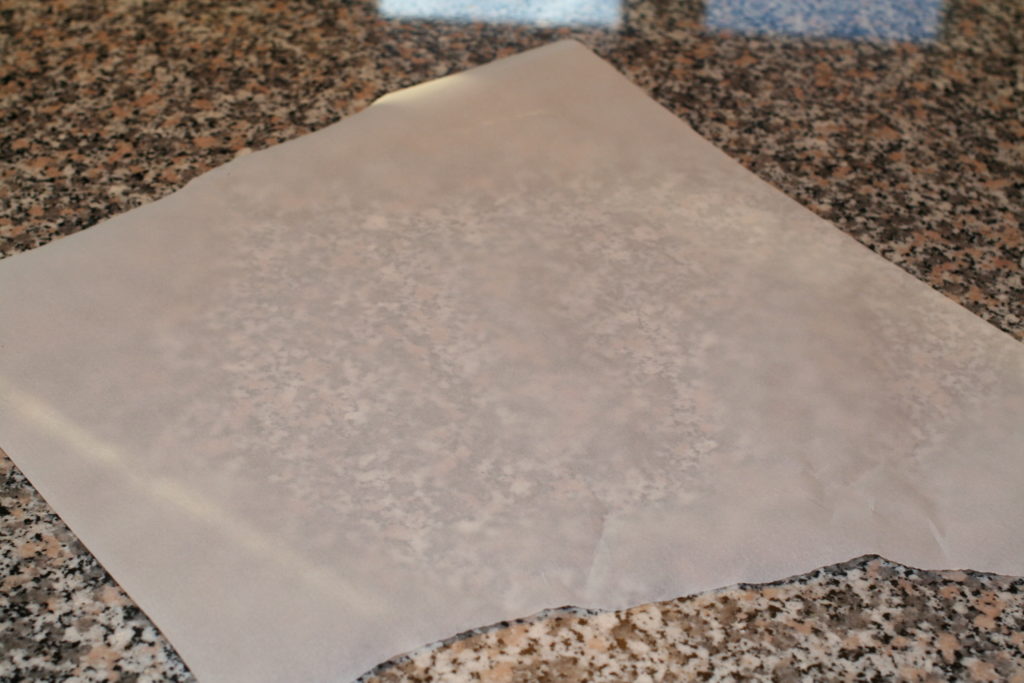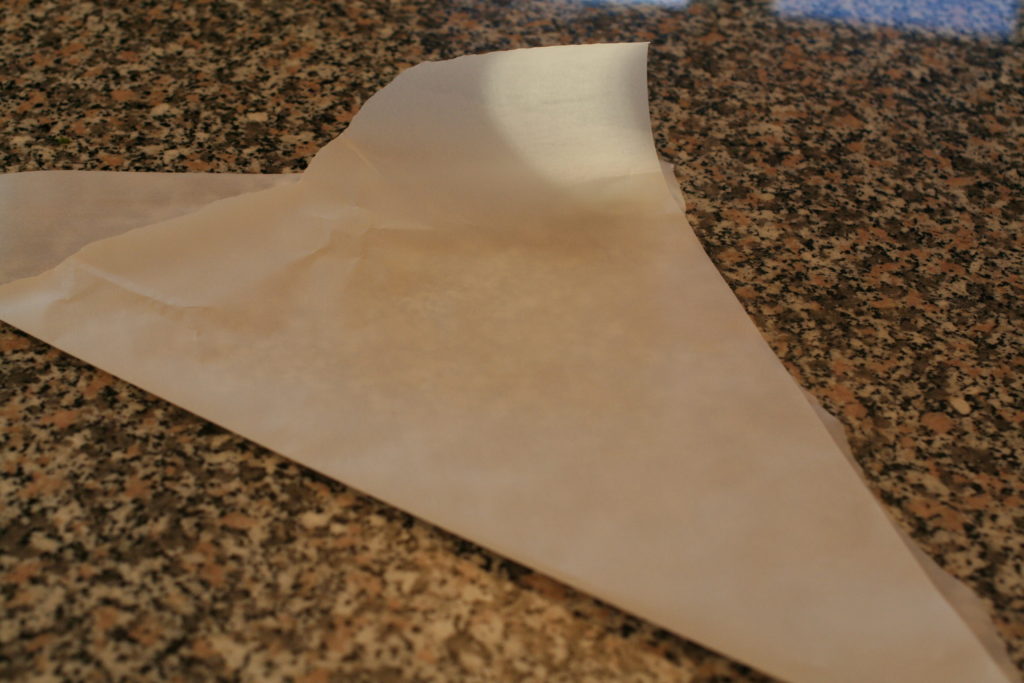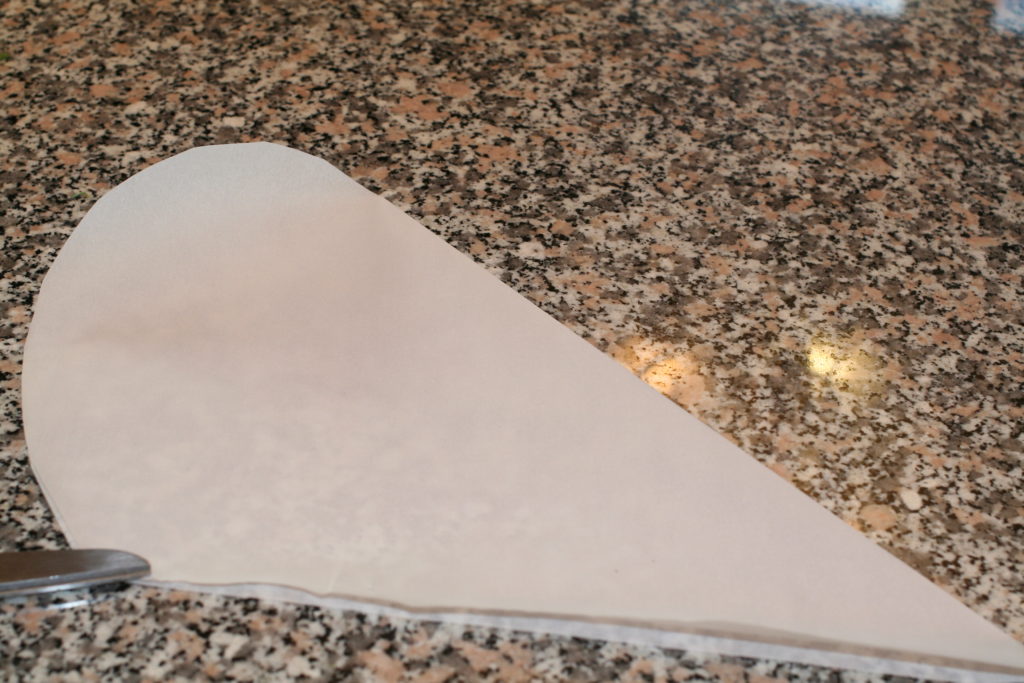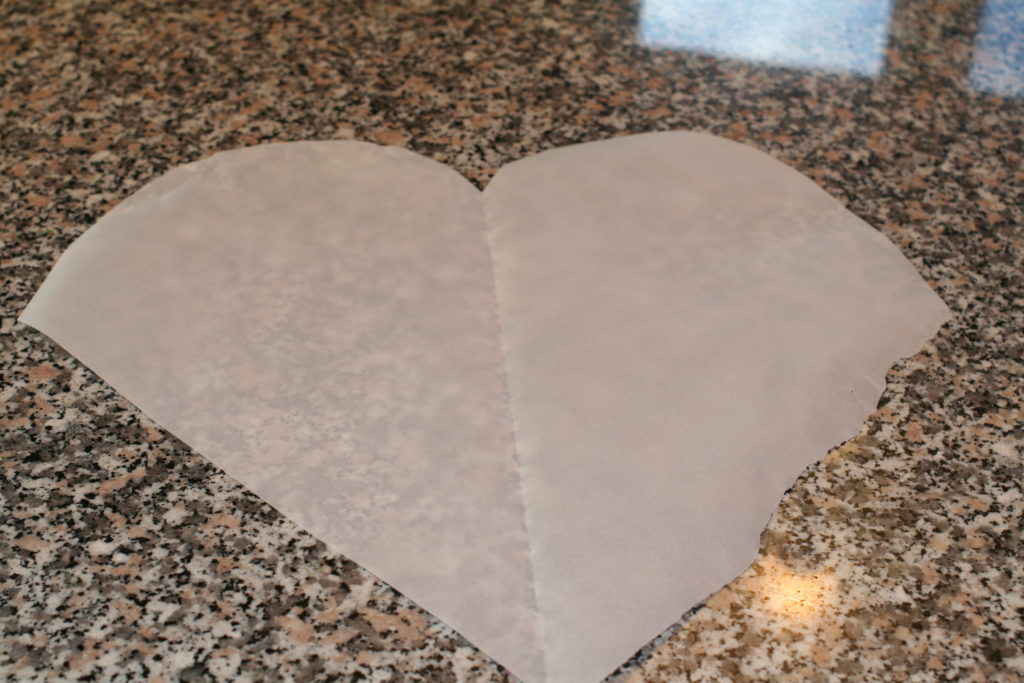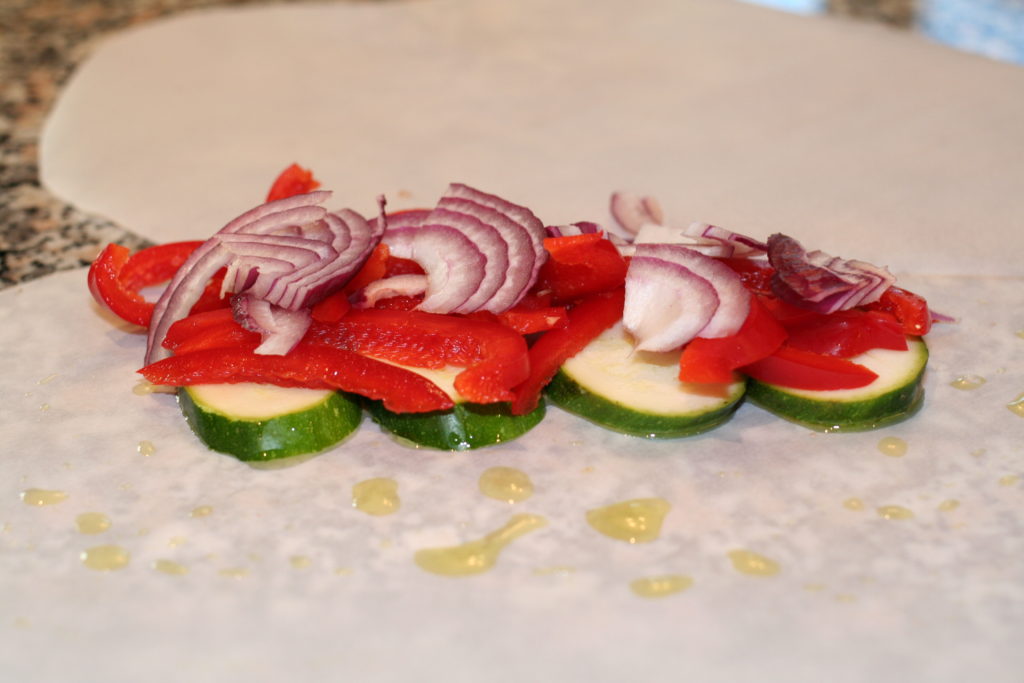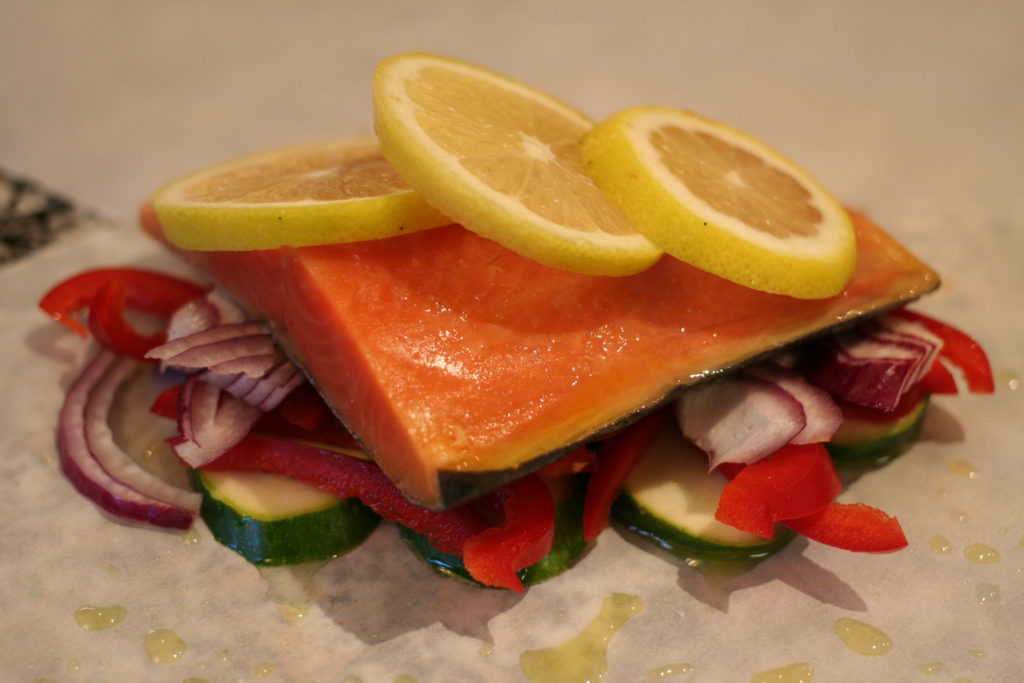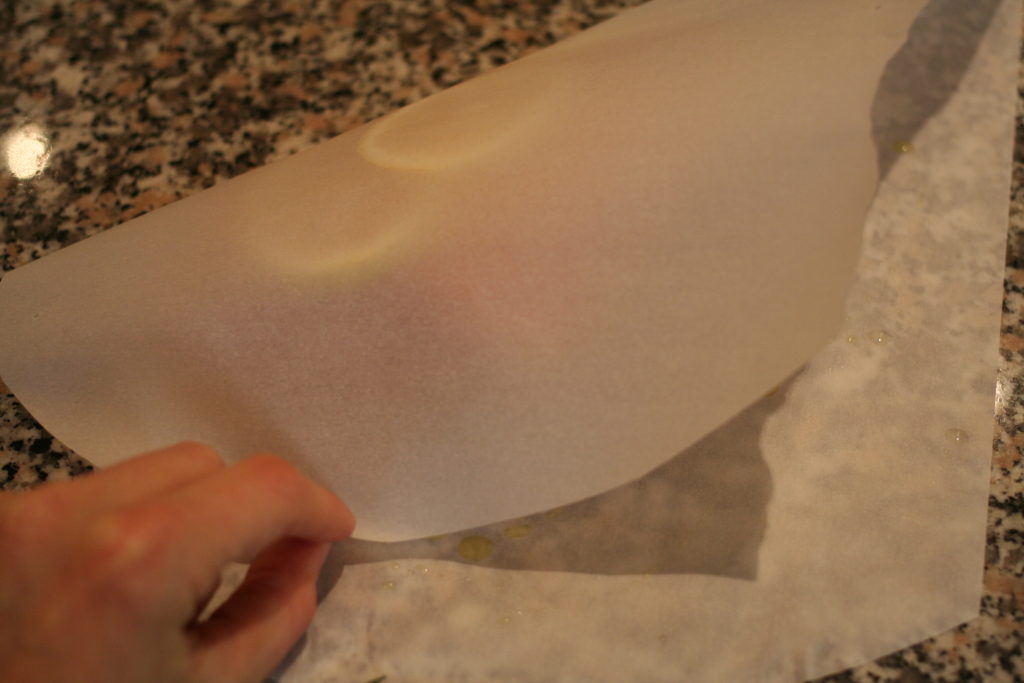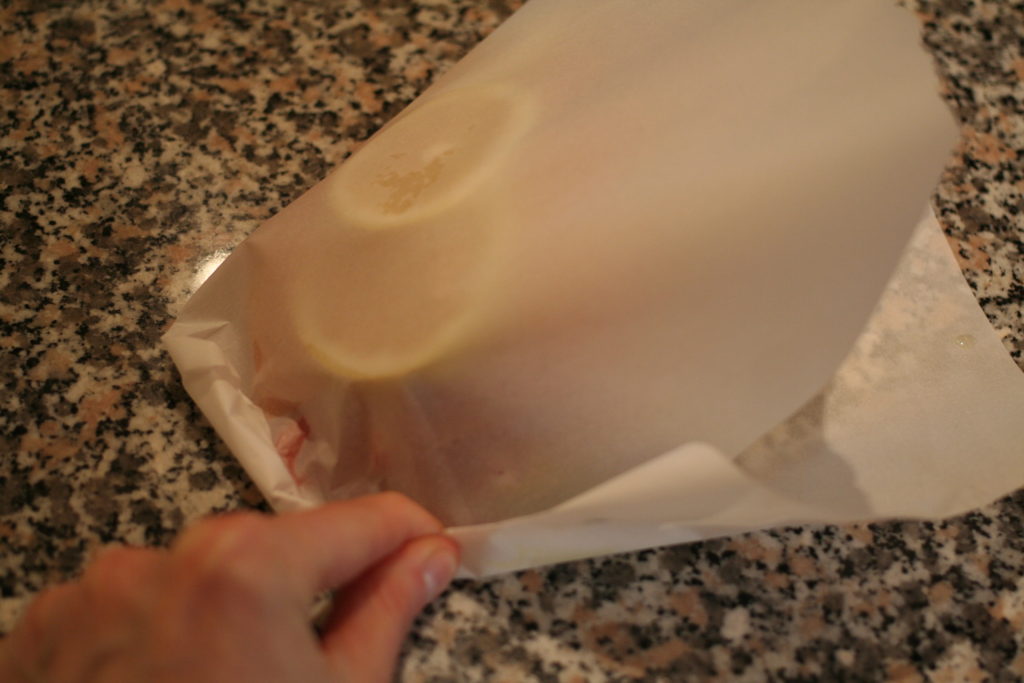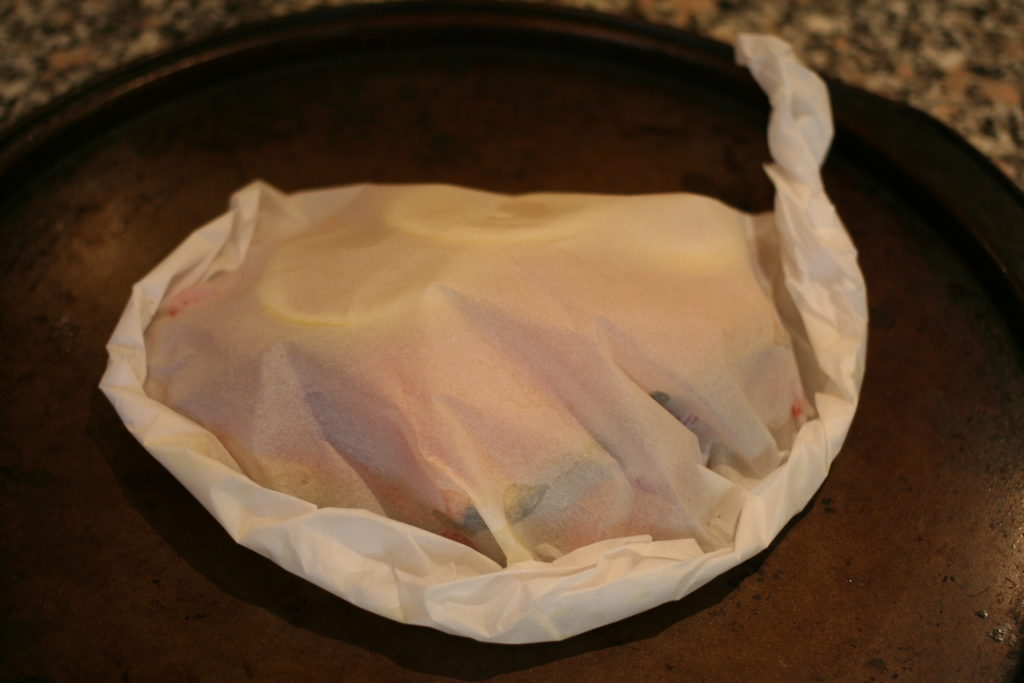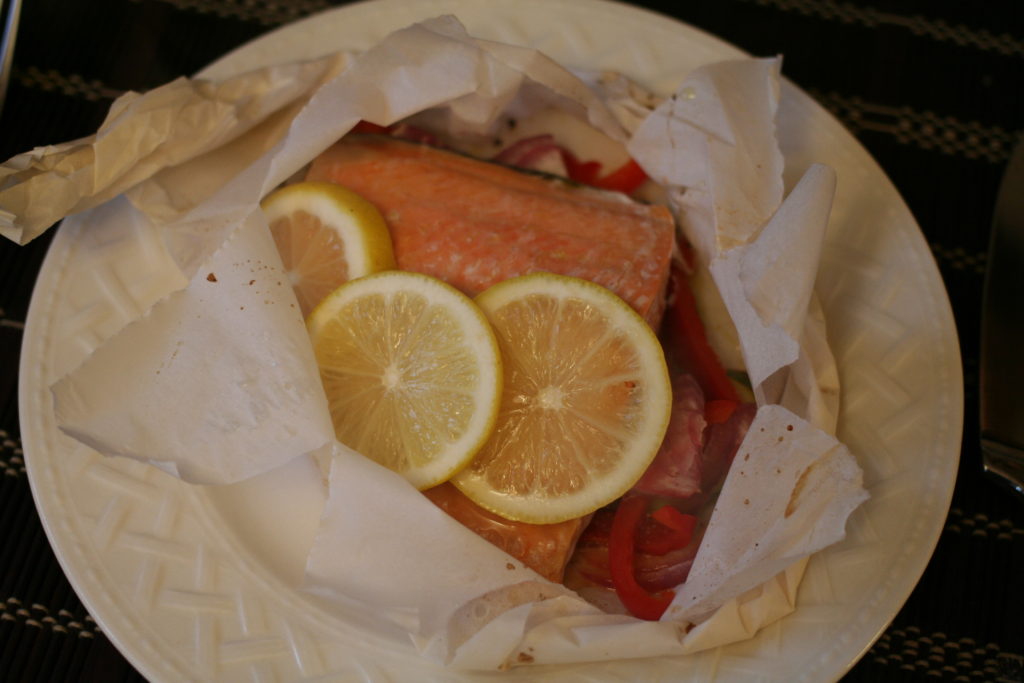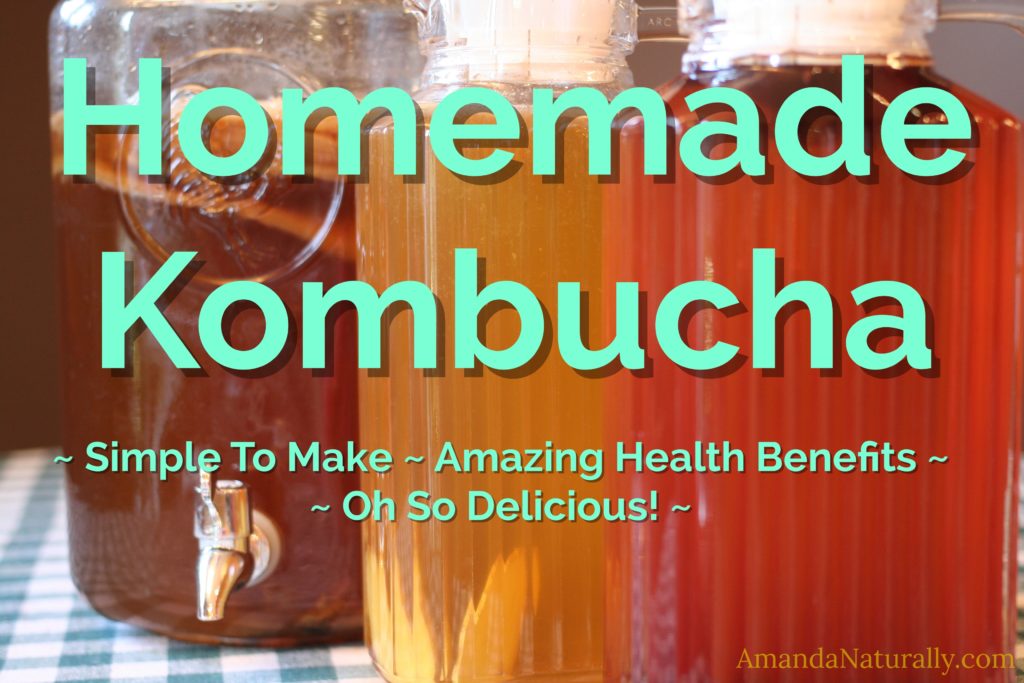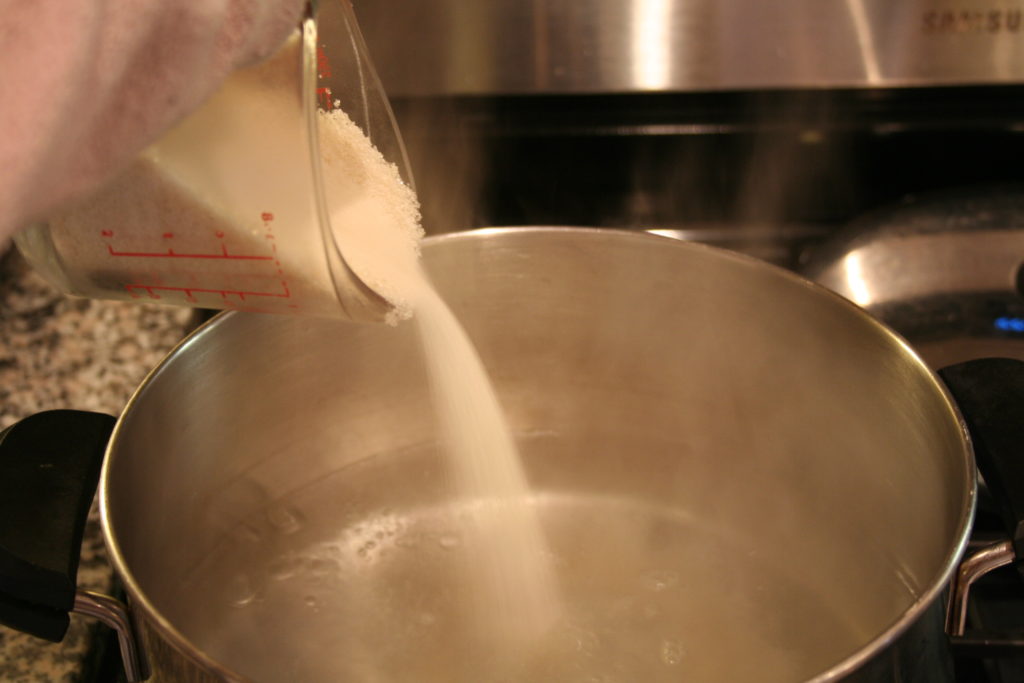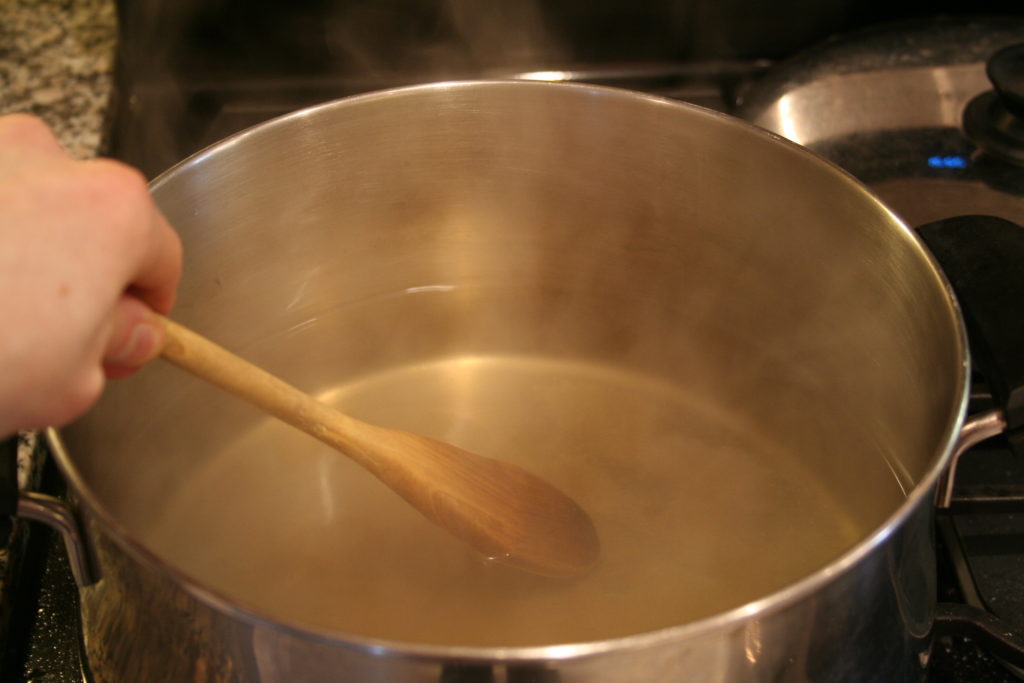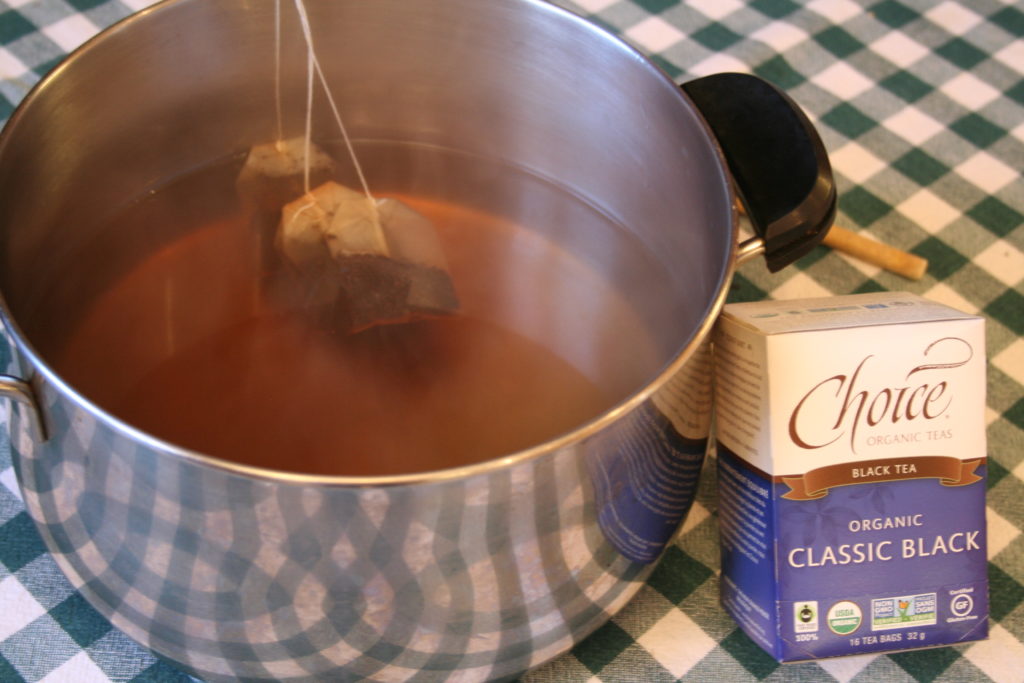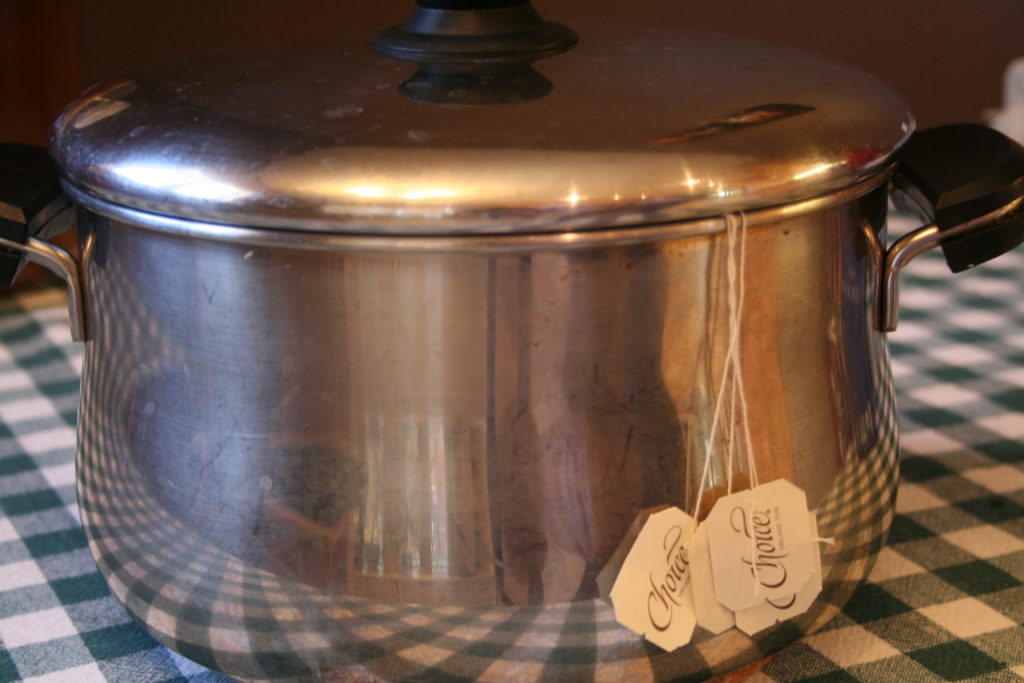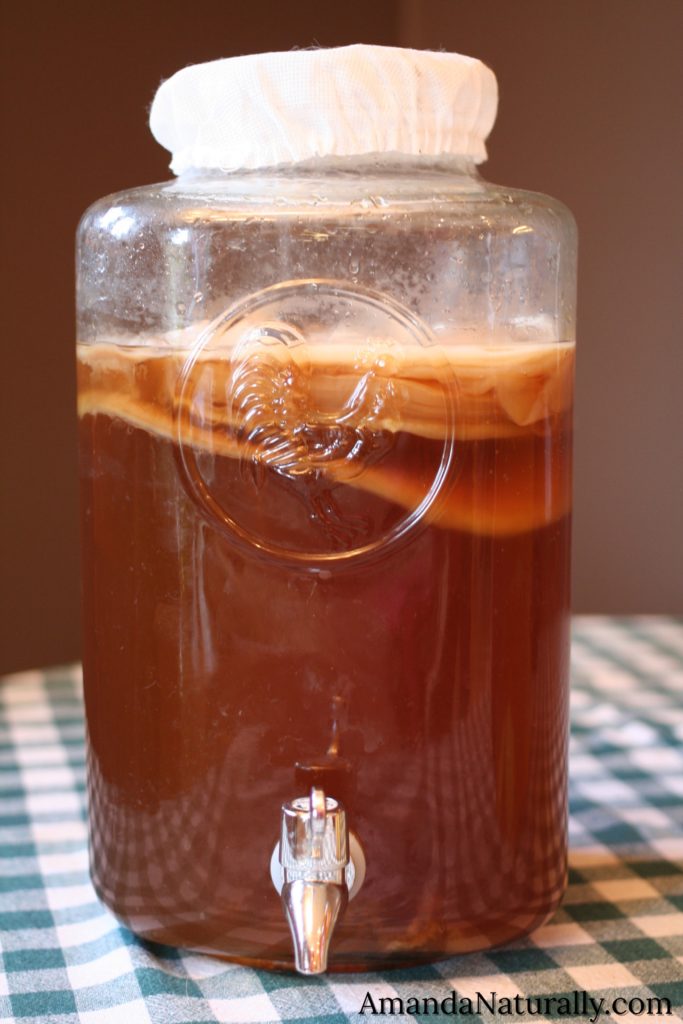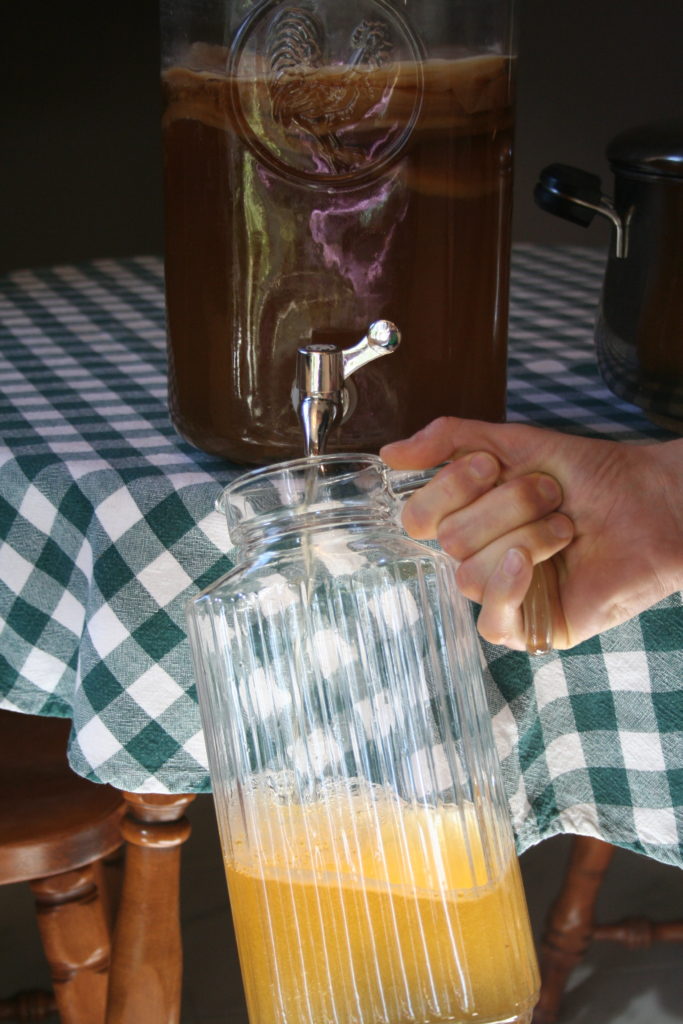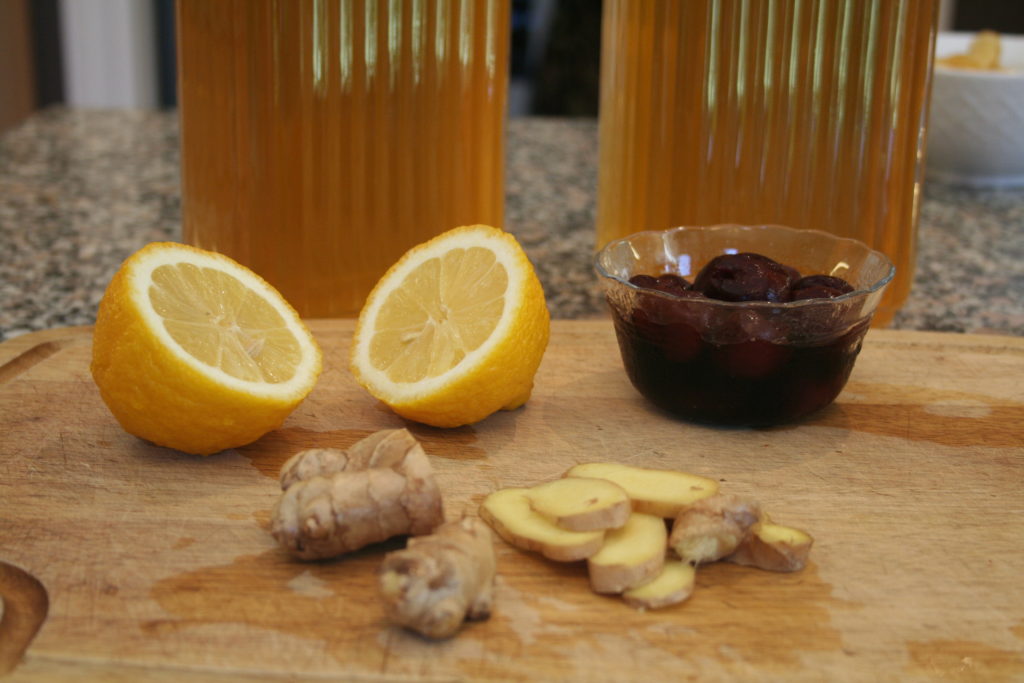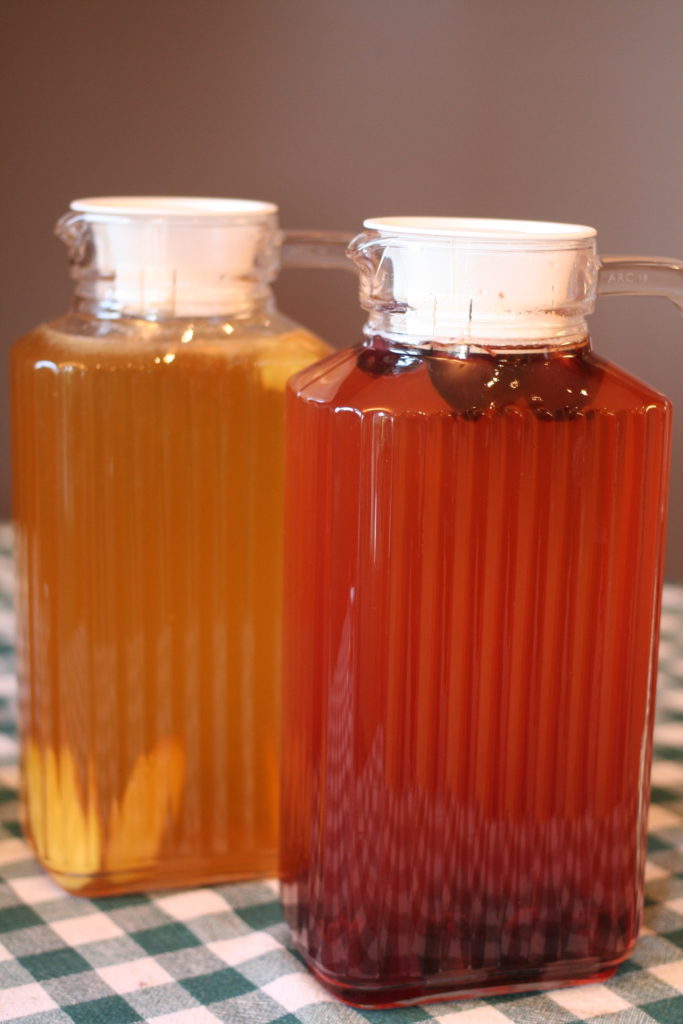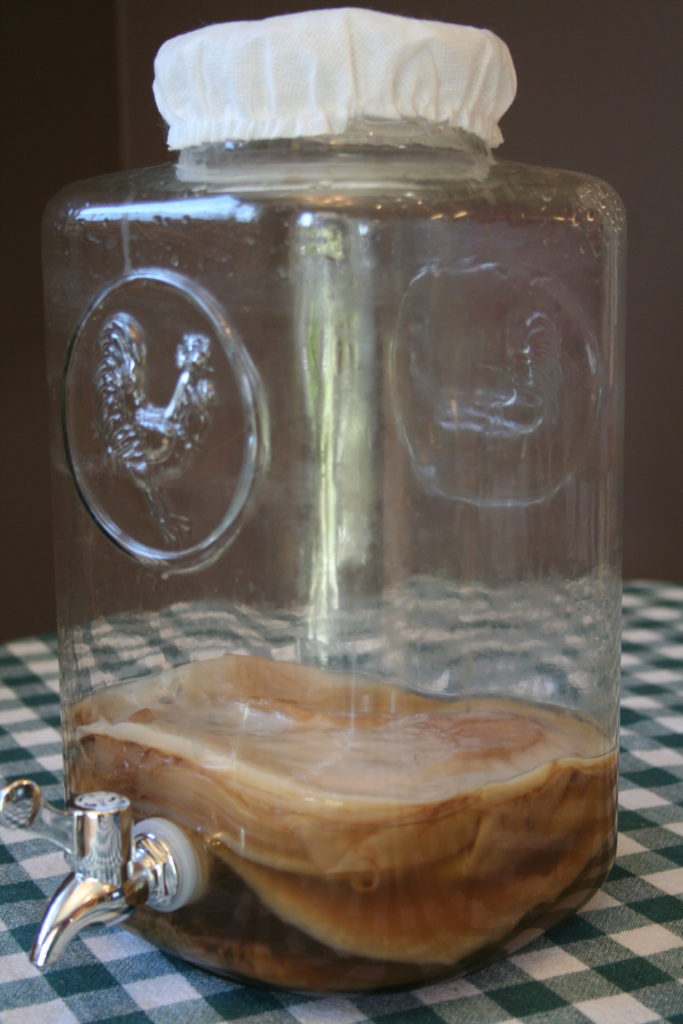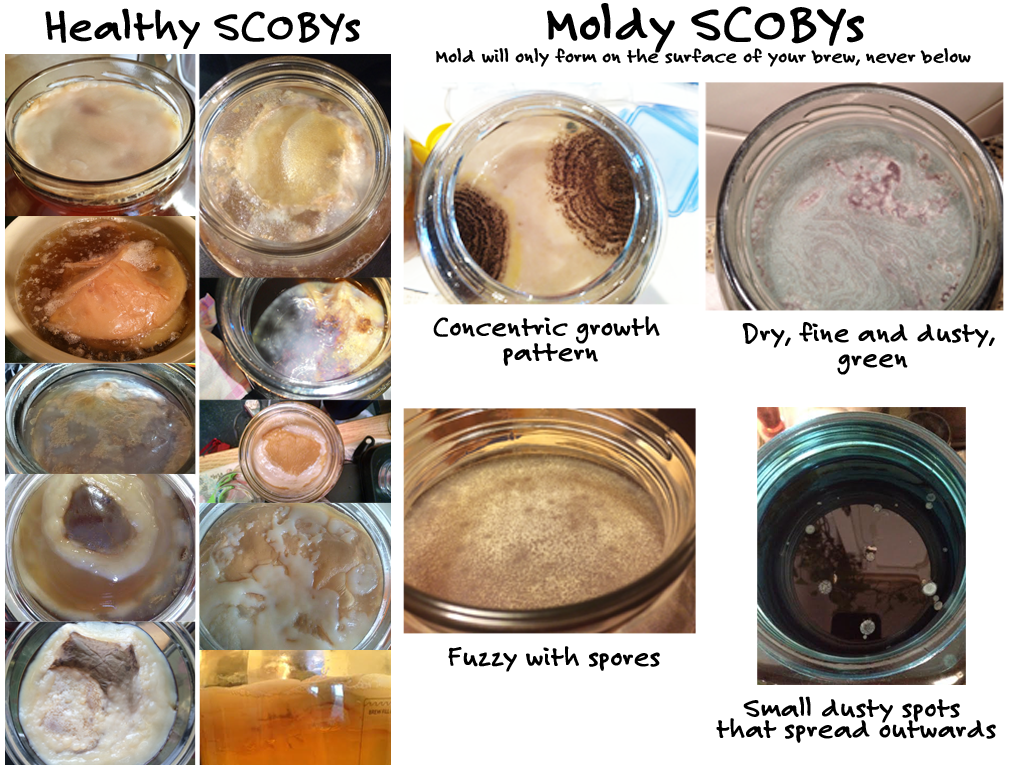I can’t tell you how many people have told me to “just relax, whatever you do before hand, you will inevitably end up eating take out most of the first few months with a newborn”. Aside from the fact that nutritionally, I couldn’t imagine trying to heal/recover from pregnancy, labour & delivery on takeout, OR creating breast milk from nutrient-deplete foods, I know that I simply cannot eat those kinds of foods if I want my body to work properly (more on my health journey here!).
- Gluten and vegetable oils will instantly cause massive inflammation in my body, specifically joint pain (E.g. once during my pregnancy I had multiple vegetable oil exposures over the course of 3 days and on the 3rd night I woke up in tears with bilateral pulsing pain of my hands, wrists and elbows. Yeah, not fun.)
- Dairy causes massive digestive distress in me, but it’s also the food my husband is highly allergic to (instant congestion – with a history of asthma – followed by bad eczema that takes months to go away), so since we’re both very reactive, I’m not going to expose our little one to milk before he/she has developed a solid gut. Odds aren’t super great for him/her tolerating dairy well.
- Gluten-free flours contain corn (which really does a number on my gut), so even gluten-free options are not really options in my world (other than Cup of Tea Bakery which uses rice, tapioca and potato as their flour – no corn! Except some of their products use quinoa and/or bean flours, so I still have to be quite careful.)
While others may think that I’m just Type A-ing it, or being obsessively healthy, not being prepared food-wise is a disaster waiting to happen for me. And by disaster I literally mean PAIN.
So in an effort to prevent pain (as well as set the stage for my healing/recovery and kicking off my kiddo’s postpartum nutrition well), I started stocking my freezer and keeping my pantry full, when I was around 7.5 months pregnant. Here’s what I did…
NOTE: I’m sure I’ll do a follow up post after the baby arrives about how beneficial and/or useless this was, or what I should have made. LOL
Pre-Baby Food Prep
Freezer Meals
Chicken “Noodle” Soup – We got a bunch of soup birds from our favourite farm – The Shulist Family Farm. Starting in July, I would make a batch of broth in my instant pot, pull off the meat and turn it into soup. I always add white rice, because we both tolerate it great and I know I’ll need lots of carbs once the baby comes.
Easy Paleo Hamburger Pie – I tripled the recipe (and made a few mods like adding sautéed onion and a broth/tomato paste combo in lieu of tomato sauce). Had one batch for dinner and leftovers. Froze the other 2 portions!
Banana Muffins – I made 2 dozen of these delicious, high-fat, high-nutrient (nut-free!) muffins, as well as another 2 dozen lemon blueberry, following more closely to the original recipe.
Mom’s Spaghetti Sauce – I tripled this recipe (which is already doubled) and froze multiple litres in 2 cup portions, which will be perfect for last minute meals like spaghetti squash bolognese.
Chicken Liver Pate – anyone who follows me on Instagram knows this is my go-to recipe for getting liver into me! Why liver you ask? Check out this post! I doubled up the recipe and portioned it into 10 half cup servings. Not only will liver help me stay nutrient-replete while nursing, but it will also provide lots of life-giving nutrients to kiddo (specifically folate, vitamin A, D, K2 and all the B’s), AND give me what I’m sure will be a much-needed energy boost.
Bone Broth – like it’s going out of style. Go read the post on bone broth for the health benefits (healing, building new tissues) and you’ll see why I prioritize this incredible food. I’ve got lots frozen in little pucks, ready to be added to rice, last-minute soups/stews or slow/pressure-cooked meats. My Instant Pot is also always ready to make more broth, as soon as I run out!
Mirepoix – I pre-chopped about 20 cups of onion, carrot and celery, flash froze on lined baking sheets and then stored in large ziploc freezer bags. Pre-prepared mirepoix will make slow/pressure cooking SO easy. Take any piece of tough meat (brisket, chicken thighs, pork shoulder), throw in a few handfuls of mirepoix and a puck or 2 of bone broth and you’re good to go.
Mexican Chicken Soup – from Against All Grain‘s 2nd cookbook, Meals Made Simple. So delicious!
Sweet Potato Flatbreads – This is one of my favourite of Diane SanFilippo‘s recipes, so I quadrupled it! I love them thrown in the toaster and slathered with ghee. Or as a sandwich for a fried egg. So good!
Lactation Cookies – but I modified them to be nut-free, since I don’t do great with large volume of almond flour. I also added blessed thistle and fenugreek (2 research-based galactagogues), omitted walnuts & chocolate chips, and added collagen.
Burger Patties – every time I’ve made something with ground meat over the last few weeks, I pulled out twice as much meat as I need. So normally I would use 1 lb ground beef for 4 burgers (one each for dinner, leftovers for lunch) or taco night/leftovers. Now I grab 2lbs (and often a combo of ground beef & ground pork – such a solid flavour combo), and do what I normally do, while also making 4 extra patties to flash freeze. I quickly amassed a few dozen burger patties! This isn’t anything too complicated, but you can cook a burger patty from frozen, and a ¼ lb of meat thaws a lot quicker than an entire pound.
Additional Recipes I Plan To Make (pending early arrival)
Chili (but I’ll add beef heart because, nutrients), Ginger Carrot Soup, Butternut Squash Soup (but I’ll go easy on the thai curry paste, probably just use a little yellow curry paste instead of loads of red like I normally do!) and likely more muffins…
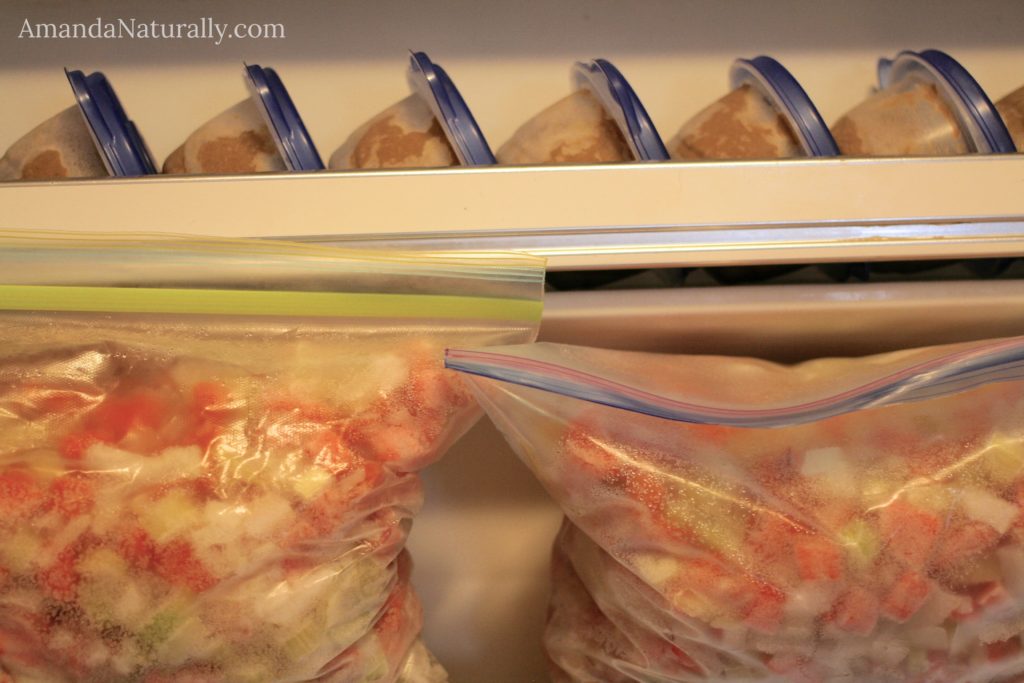
Pantry/Freezer Stock
Carbs/Starch
- Sweet Potato Noodles (found in the rice noodle section of Asian grocery stores)
- White Rice (which is always cooked in bone broth)
- Sweet Potatoes (for fries or quick hashes like this one)
- Green Plantains
- Inka Plantain Chips (from Dollarama)
- White Rice crackers
- Frozen fruit (mango, organic berries & cherries – all from Costco)
- Dates and figs
Protein (our favourite meat places are Shulist Family Farm and BrookersMeat.com)
- Ground beef & pork for quick meals like burgers, tacos and chili
- Sausages
- Canned tuna, sardines & salmon
- Frozen wild salmon (from Costco) for my go-to, super-fast Salmon en Papillote
- Lots of roasts/large pieces of meat like pork shoulder, tip/blade roasts and brisket for easy, high-volume slow/pressure-cooker meals like pulled pork and shredded beef (hello leftovers!)
- Vital Proteins Collagen Peptides (for anything liquid!)
- Prairie Naturals Grassfed Whey Protein (for smoothies)
Fat
- Aroy D coconut milk (free of all additives), for smoothies, puddings and soups!
- My 3 favourite oils: olive oil, avocado oil and coconut oil (all from Costco!)
- Ghee (I make my own following these directions with Rolling Meadow grassfed butter)
- Shredded coconut
Perishables
- eggs (multiple dozens since they last so long and cook up so quick!)
- veggies with a long fridge-life like kale and broccoli would be my typical go-to’s (and I’ll still eat them), but they also tend to be slightly notorious for causing belly distress in little one’s, so this will be a bit of an experiment. I can eat an entire head of cauliflower raw, or a massive bowl of cabbage, and have no gut reaction, so it might be okay!
- boxes of pre-washed organic spinach and baby-kale
- organic apples & pears (things you can eat with one hand!)
Beyond Babies
While this post is specifically about what I did to prepare for baby’s arrival, there are a lot of great tips that can be totally applied to your normal, every day life. Making a double batch of something and freezing for last minute meals, keeping healthy muffins on hand, stocking your pantry with delicious and nutritious items – these habits will help keep you on track and healthy throughout your life!
Okay mamas, help a newbie out! What else should I be making to get ready for kiddo’s arrival??



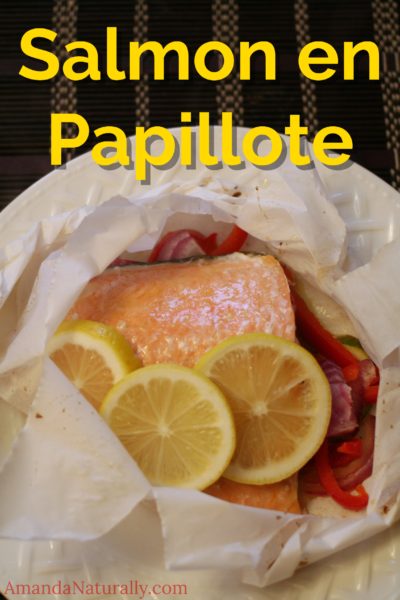 This recipe sounds fancy. It looks fancy. It tastes fancy. But it’s so darn easy. Which is amazing, since over or under cooking fish is the worst!!
This recipe sounds fancy. It looks fancy. It tastes fancy. But it’s so darn easy. Which is amazing, since over or under cooking fish is the worst!!